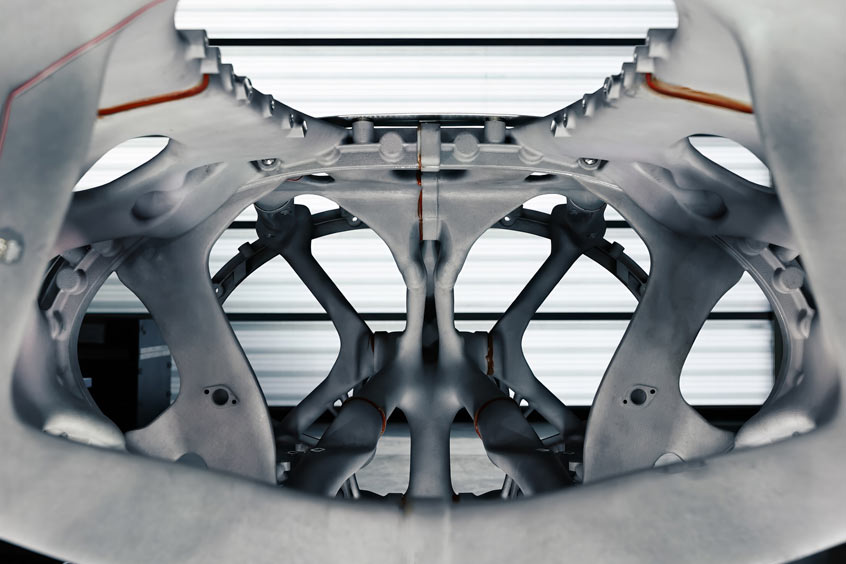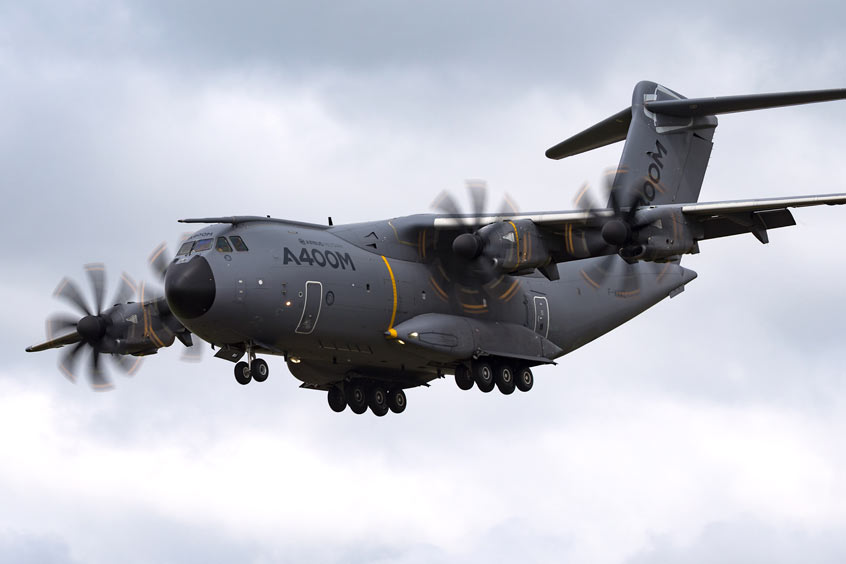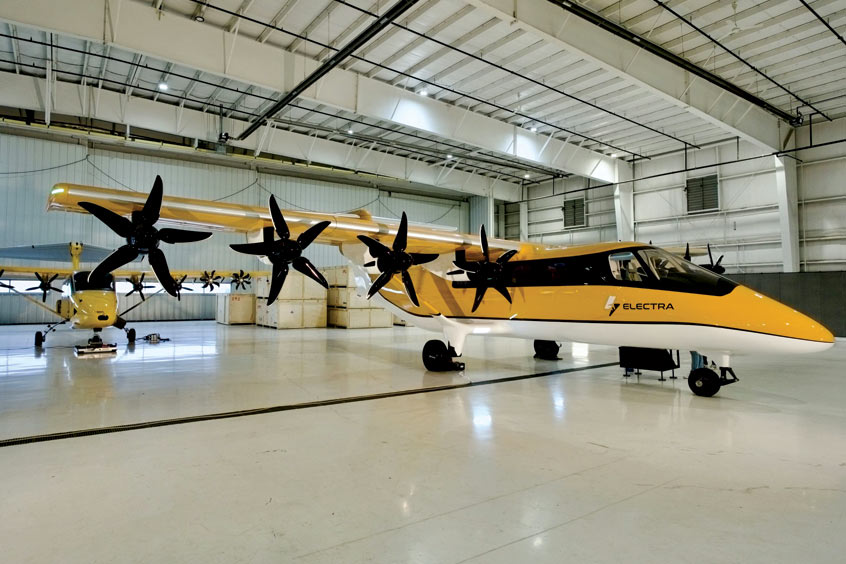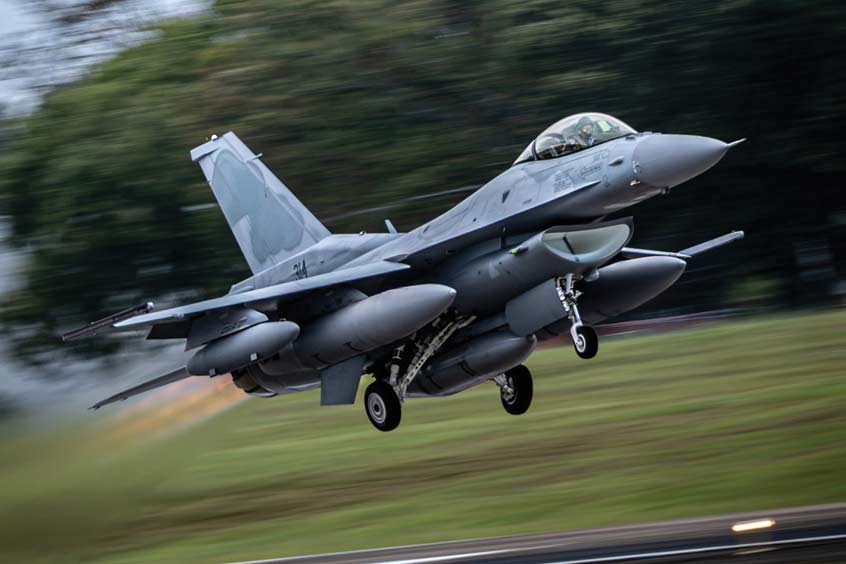Electrified propulsion engineering consultancy, Drive System Design, is helping to determine future propulsion systems for electric aircraft in the UK, through the use of the unique AePOP (Aerospace Electrified Powertrain Optimisation Process) simulation tool which can quickly assess thousands of design iterations.
The objective of the AePOP project, which is funded by the Driving the Electric Revolution challenge at UK Research and Innovation, has been to develop a toolchain that brings critical performance development into the very earliest stages of electrified propulsion system design in aerospace.
AePOP evaluates the trade-offs between vehicle range, mass and cost by simulating thousands of detailed propulsion system candidates to enable significant design optimisation at the architecture selection stage of a project. The toolchain can be applied to single vehicles or to determine the most cost-effective family of propulsion systems for a range of vehicle types. As a result, it reduces development timescales and accelerates the certification process.
The initial study has been aimed at small eVTOL (Electric Vertical Take-Off and Landing) vehicles with a payload of 150-400kg and the optimisation process can also be applied to autonomous drones as well as regional and sub-regional aircraft.
“The eVTOL industry is a fast-growing sector globally and there is an opportunity for the UK to become a leading centre of expertise,” says John Morton, Drive System Design Engineering Director. “The demand for non-contact deliveries is growing, including the delivery of medical supplies catalysed by the COVID-19 crisis, and eVTOLs could be a significant part of the future solution. They offer the opportunity to reduce traffic on our roads, improve our air quality and potentially reduce delivery costs.”
The project has adapted and utilised Drive System Design's electrified powertrain optimisation process (ePOP), a bespoke simulation tool proven and rigorously tested on automotive applications, which is now being used for aerospace propulsion systems. The initial study investigates its potential to create a highly optimised, modular, scalable propulsion system to suit most fan-driven eVTOL vehicles.
Using AePOP, Drive System Design can simulate the performance of vehicles over a range of mission profiles and use cases to determine their energy usage. It requires the definition of key vehicle parameters, such as mass and aerodynamic characteristics. Each vehicle type is modelled with multiple (up to 10s of thousands) detailed propulsion system candidates, and their performance is evaluated in a single simulation process.
The key enabler to this process is the detailed characterisation of subsystems and components, which allows the process to model complete propulsion system variants for simulation. This data is generated by a mixture of bespoke design, automated design and selection from an extensive library of propulsion system elements. It incorporates all types of e-motor topology and technology, multiple inverter technologies, simple propellers and ducted fans, and transmissions where required.
AePOP rapidly generates the necessary input data (mass, efficiency map, cost model etc.) for each electrified propulsion subsystem. This enables the simulation of a large number of combinations, compared through intelligent cost functions. It also has the ability to use third-party component input data, enabling an off-the-shelf certified component to be combined with bespoke optimised components.
“In our experience, the industry is hesitant to use transmissions for aerospace systems due to the perceived additional weight and servicing challenges,” says Morton. “During the course of the project, the benefits of transmissions in electrified systems became clear in detail. When designed using a whole system approach, the use of a transmission can significantly reduce weight and cost. Therefore, the challenge becomes one of implementing these designs in such a way as to meet all the appropriate durability and service requirements.”
The company aims to make its progress on the aerospace application available to the wider industry in due course; AePOP is also being utilised in the InCEPTion ATI project, which started in January 2021.
| Contact details from our directory: | |
| Drive System Design | Electric Motors, Engineering Design Services |
| Related directory sectors: |
| Technical Consultants |
| Electrical Power Systems |
Weekly news by email:
See the latest Bulletin, and sign up free‑of‑charge for future editions.

Saab advances digital manufacturing with autonomous fuselage

Airbus deploys Stratasys printed parts for A320, A350 and A400M

Electra kicks off Part 23 application for hybrid-electric EL9
